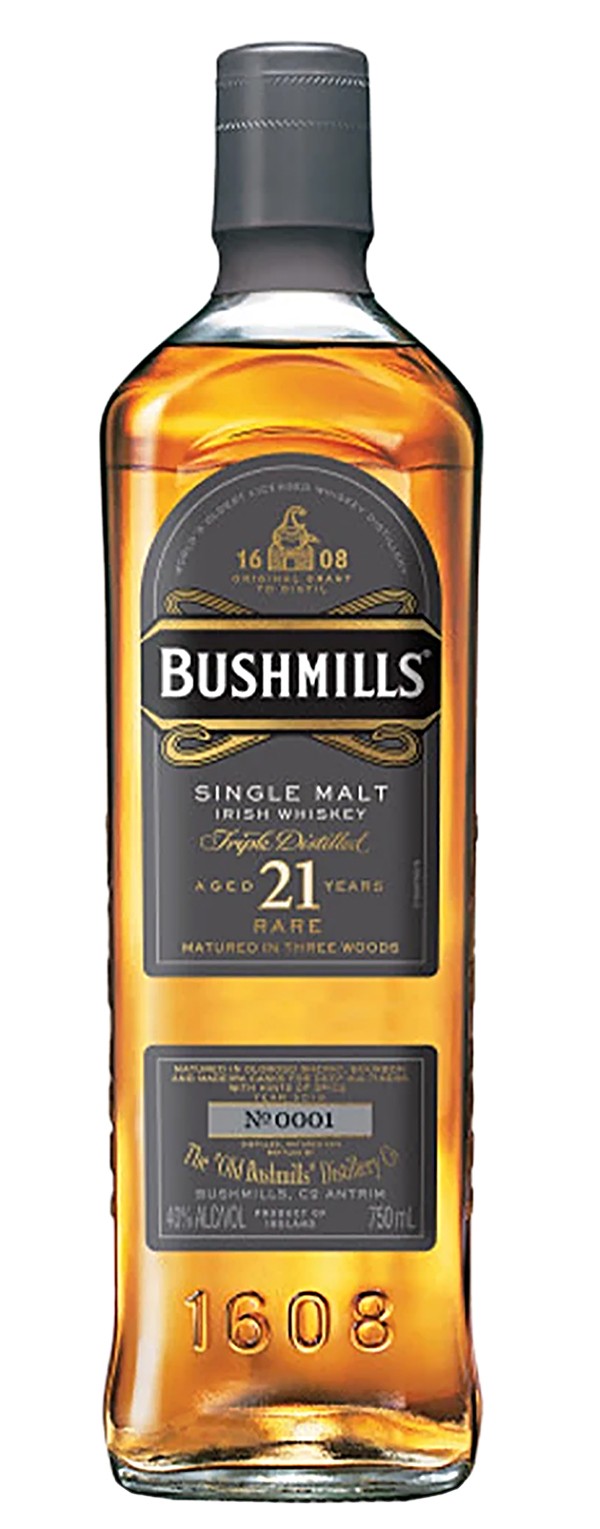Writing a spirits column for the holidays can be tricky because while there are cultural constants, every family is different, and Christmas isn’t as hidebound in the menu as Thanksgiving. “Merry Christmas to all” sounds good, but in practice what you get is a lot of holiday-tradition ditches people are fully prepared to die in because a) their tradition is the right one and b) yours is not. Complicating matters is that, even within a family, what you make of this foolishness depends largely on your place in the holiday life cycle. Still believe that implausible story about a fat elf with all the swag? Well, stop reading about booze and go back to the Disney+.
Are you a Gen Zer heading home to spend the holidays with the family? You probably don’t know anything about wine, so it’s time you learn. It’s also time to learn to drink with your parents. Understand that you, young reader, are largely made of rubber and magic, so time and physiology haven’t played the awful trick on you that it played on your parents (read: made them old). They slow it down a bit and drink better stuff. This has its advantages, but it does inevitably lead to talking about whatever the hell you’re drinking ad nauseam. Be prepared.
If you are spending the holidays with a significant other’s family, the same rules apply, but remember that said other might be your host’s special someone, but you aren’t. If you bring a bottle you’ll look like a grown-up. You’ll likely be eating heavy savory meat and casseroles — a bottle of red works well; a Shiraz-Grenache blend will stand up to big flavors without getting too heady. They are generally a good value and will make you look like you know what you are talking about. And unlike politics, you can disagree about booze without flinging casserole at each other.
The part you play in all of this pageantry, of course, changes. If you are Mom or Dad, whether you like it or not, your holidays will have evolved into something completely different. You likely have a houseful of knee-biters acting like deranged contestants on The Price is Right, and those strange things parents say about how Santa is running a surveillance state will suddenly make a lot more sense. It will also explain why they don’t share their hot chocolate. A little self-care is needed here: A little Baileys Irish Crème never hurt anyone. Not many people, at any rate.
We all update traditions for a modern society, but we don’t update them that much. It may not be fair, but we all know that it’s Mom who takes the body blow on Christmas, so Dad needs to be prepared. Break out a bottle of Champagne. If you are making mimosas, don’t worry about the brand. I mean, have some self-respect, but this isn’t the time to splash out. If you hold the orange juice, a bottle of Veuve Clicquot is wonderful if you want to make it an event. Make it an event.
Christmas has a lot of old-world connotations, but you don’t really know what wassail is and certainly don’t know how to make it. Don’t worry about it. There is a made-in-Memphis alternative: Old Dominick’s Memphis Toddy is sort of a modern twist on a spicy holiday quaff. It tastes like you wished traditional drinks actually tasted but don’t.
While bourbons and American whiskeys have a cult-like following these days, tread lightly. The holidays aren’t a sprint, but an endurance race. You’ve got a long day ahead of you, and this is not the place to get into the straight-up whiskey. Not until you have the house to yourself(ish).
Then it’s Merry Christmas to all, and to all a good night. Cheers!

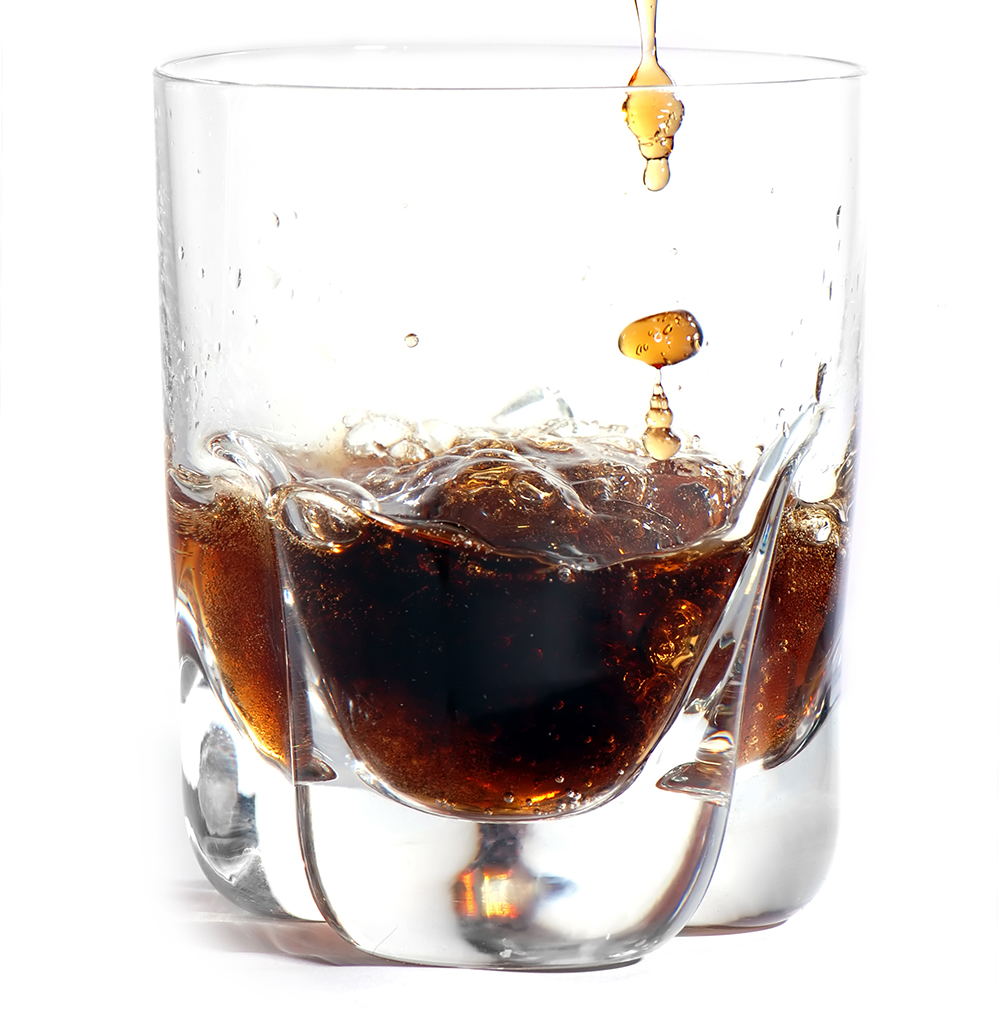
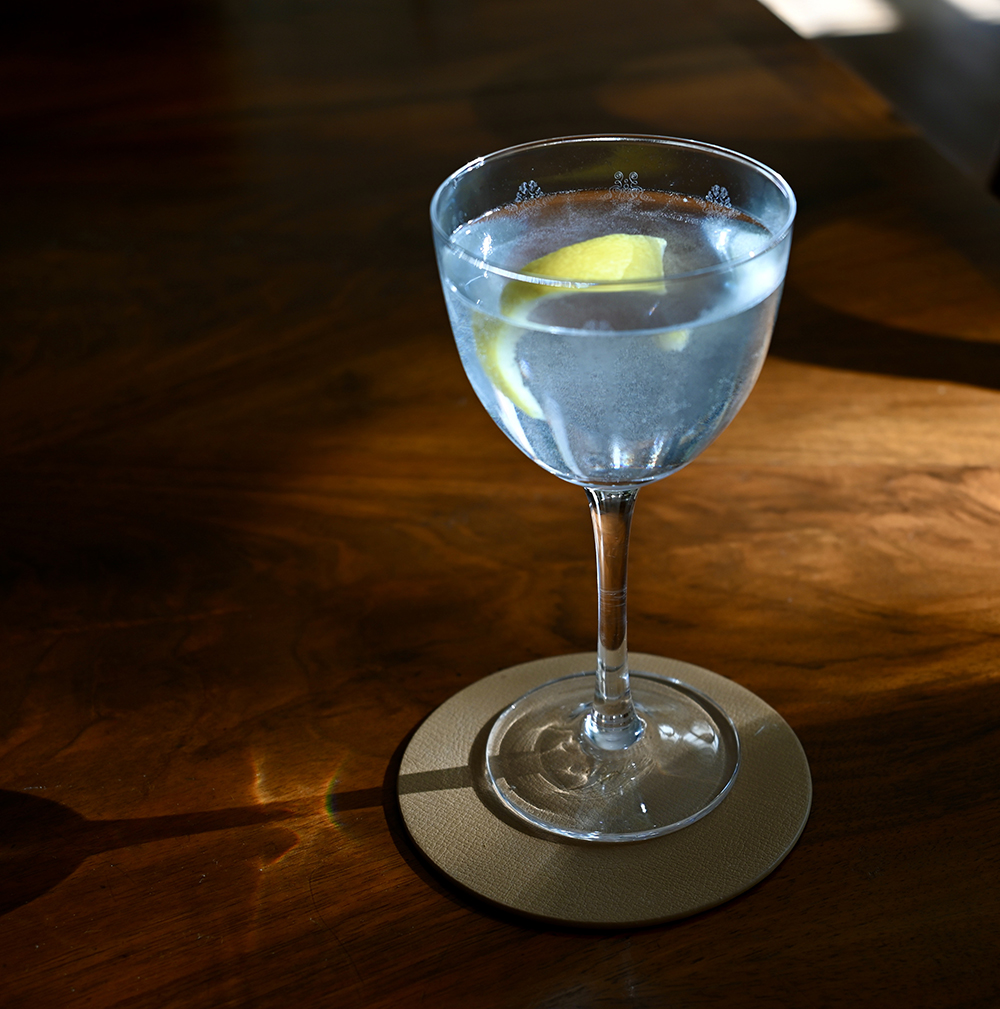

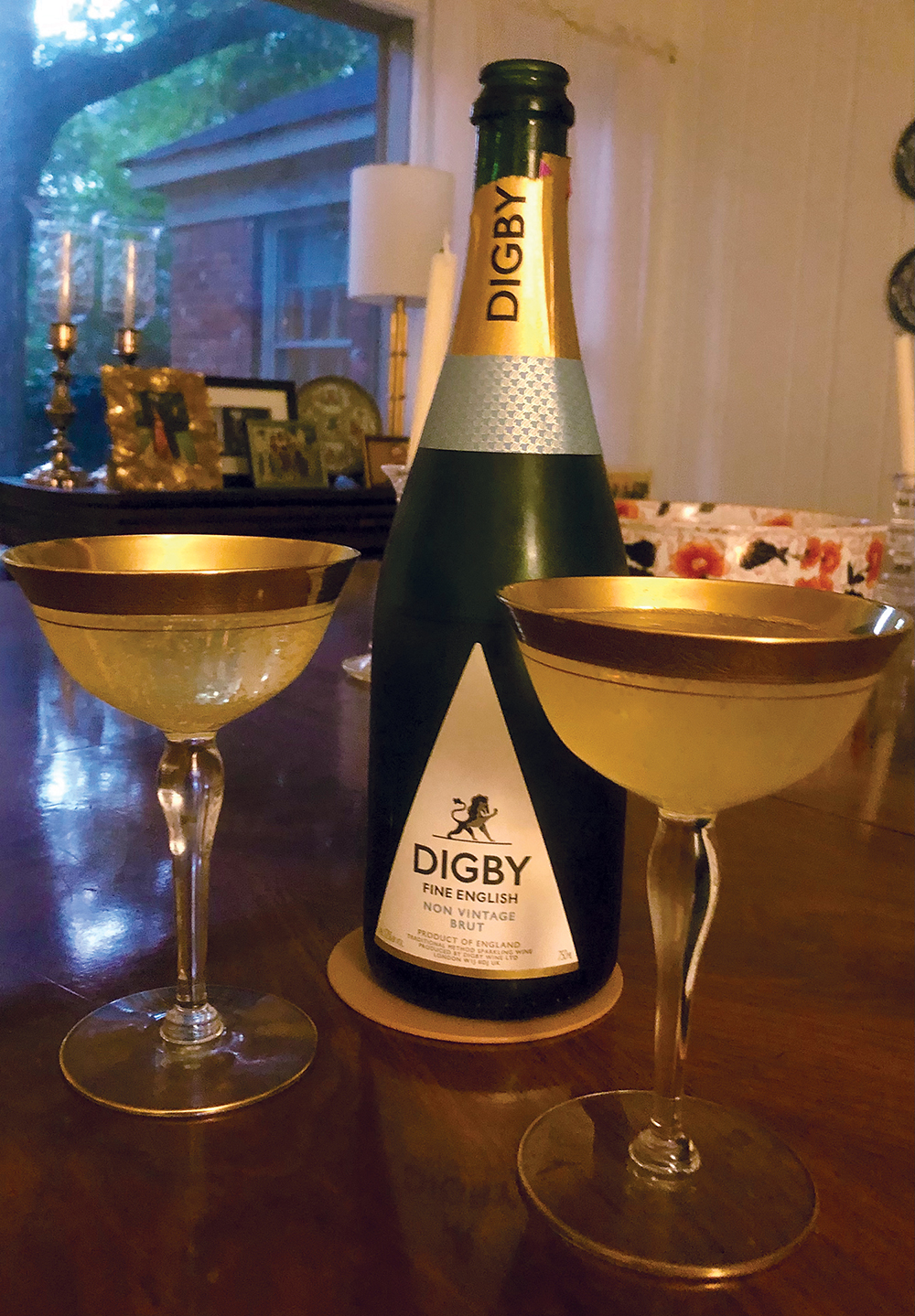
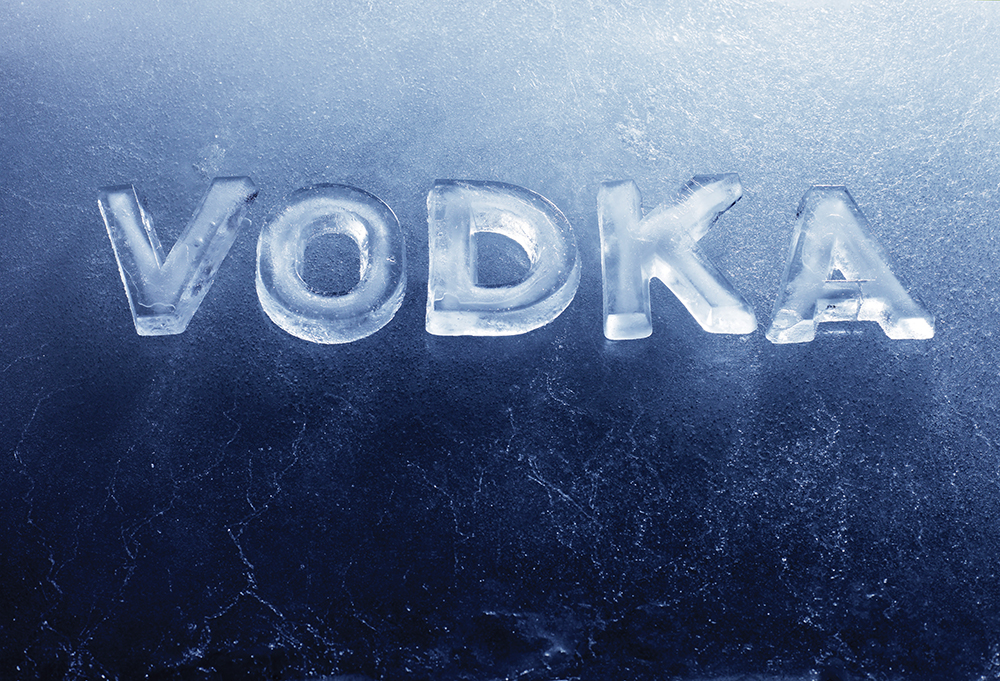


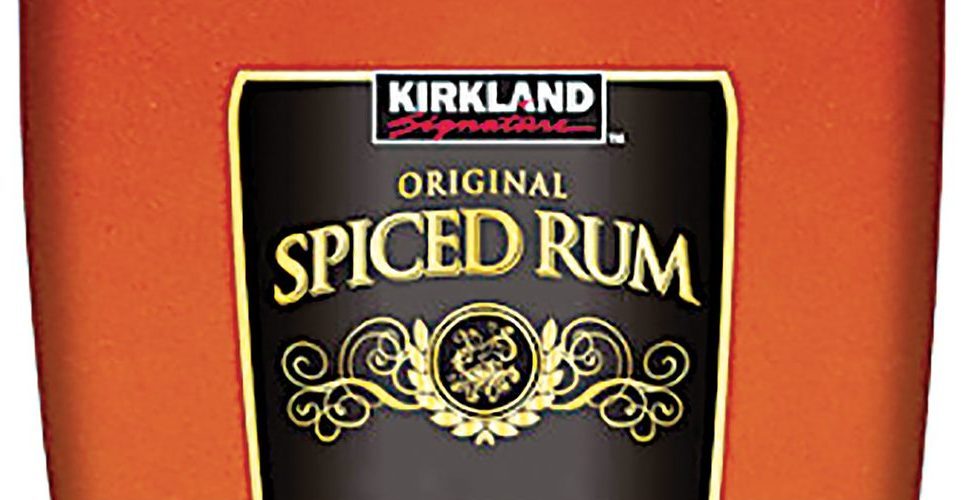
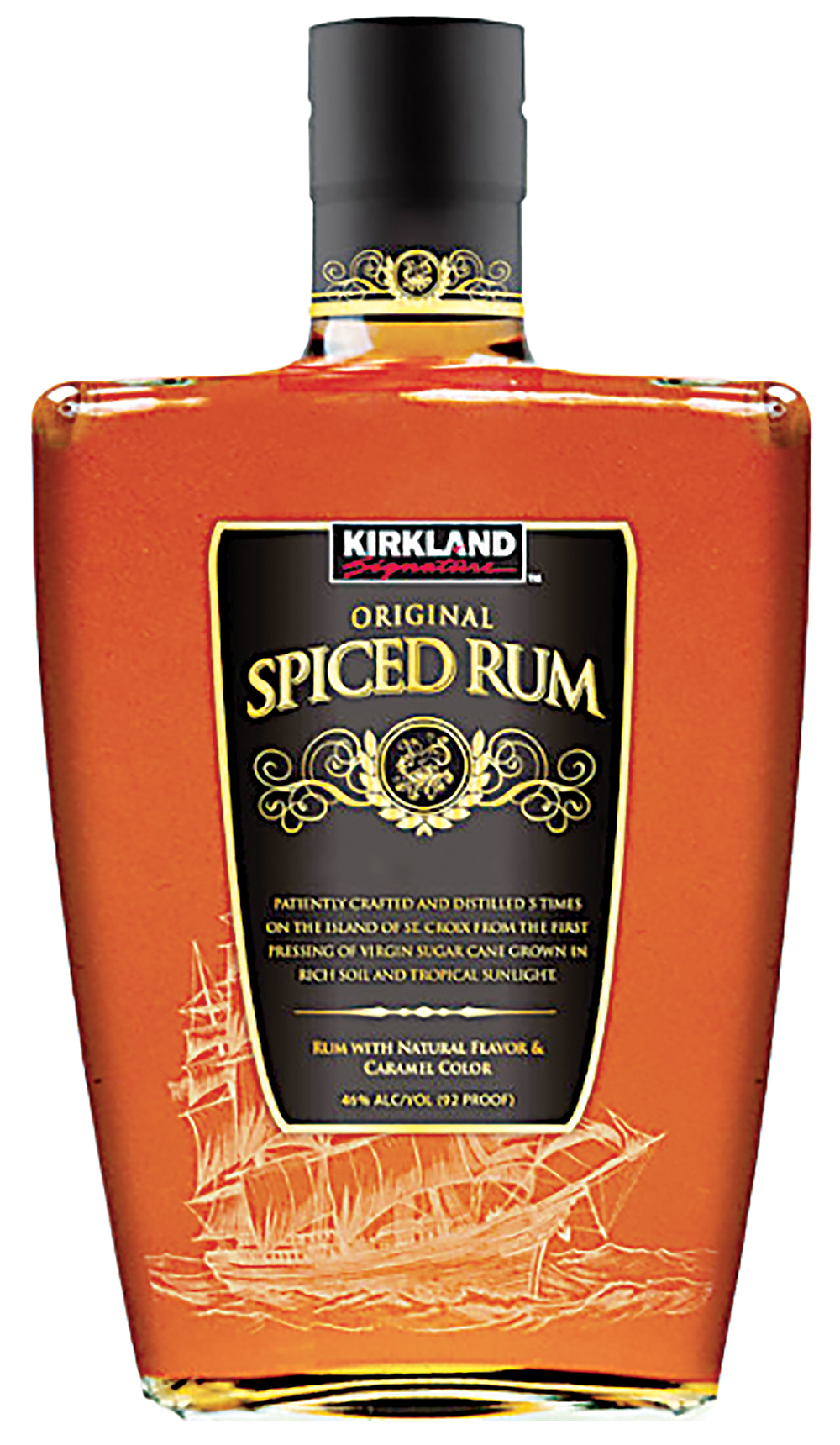
 Richard Murff
Richard Murff 